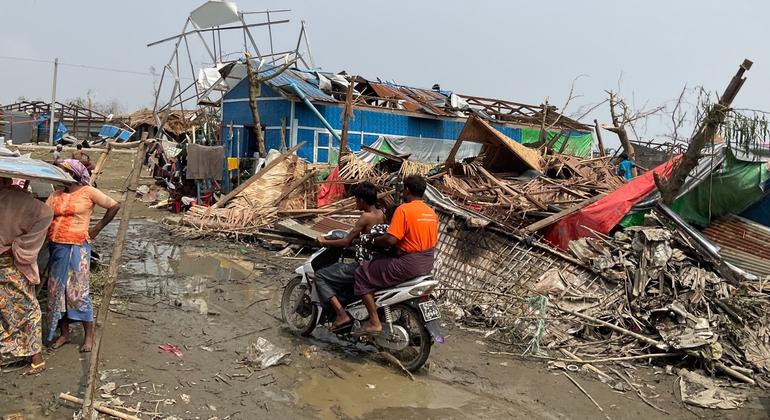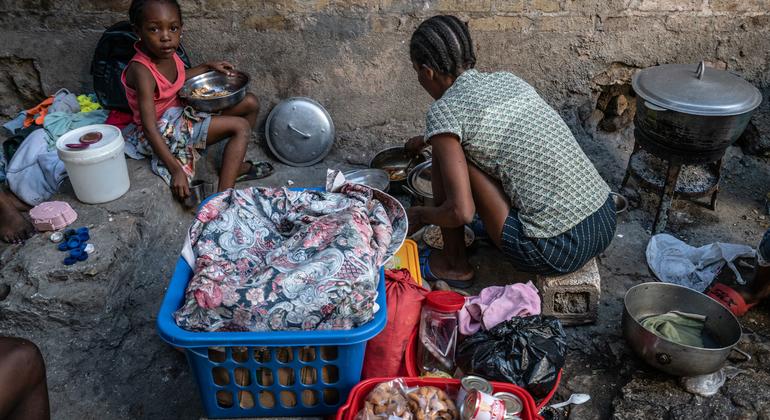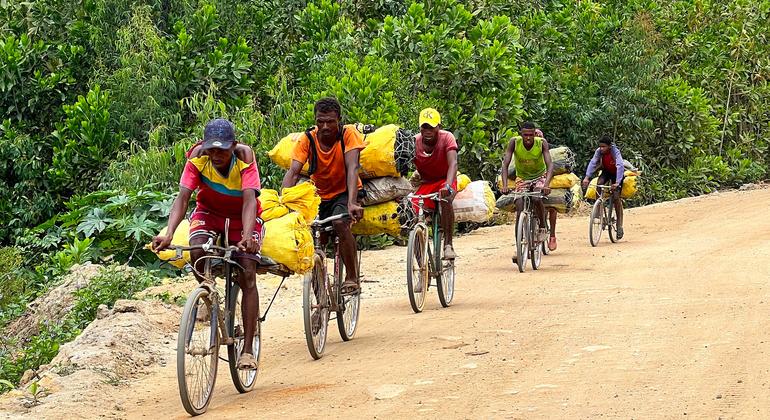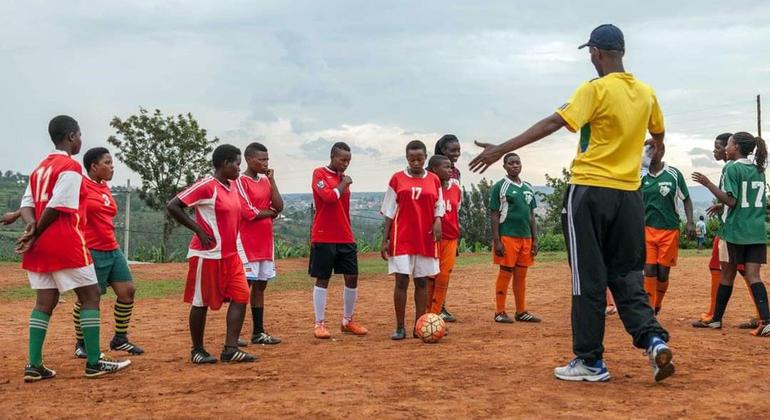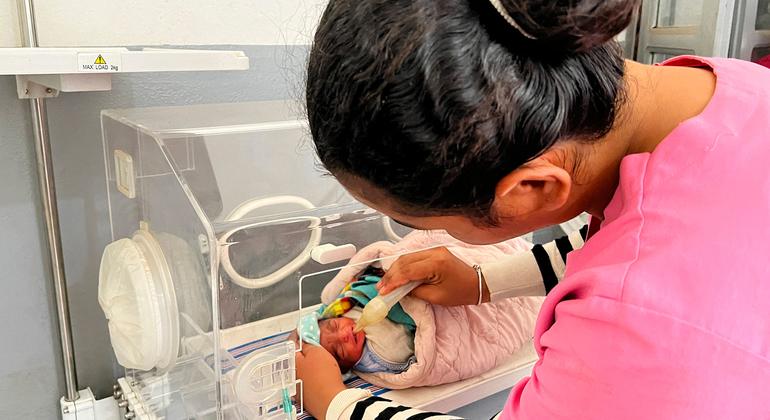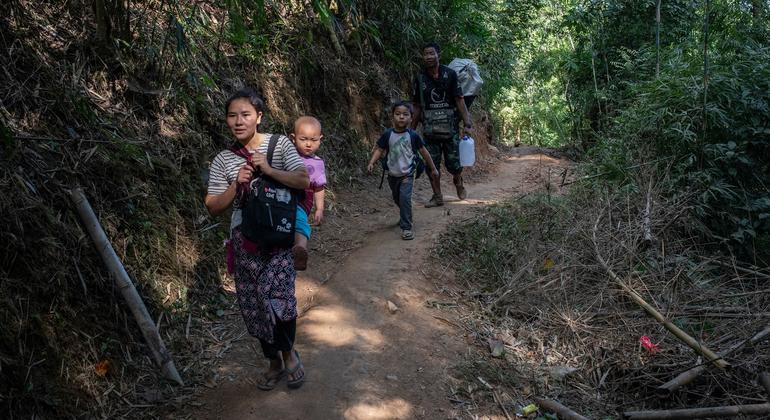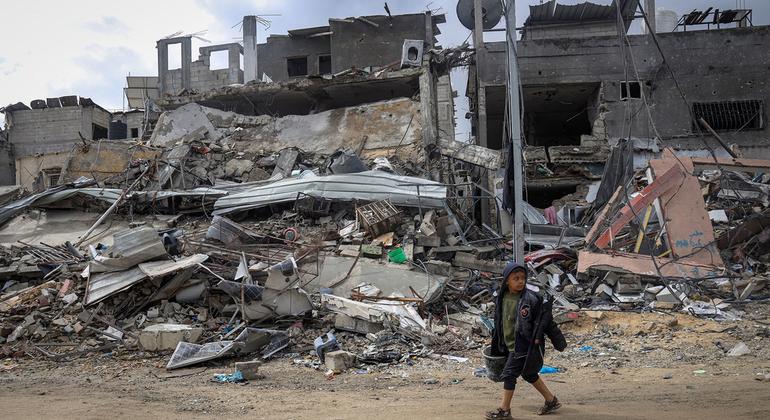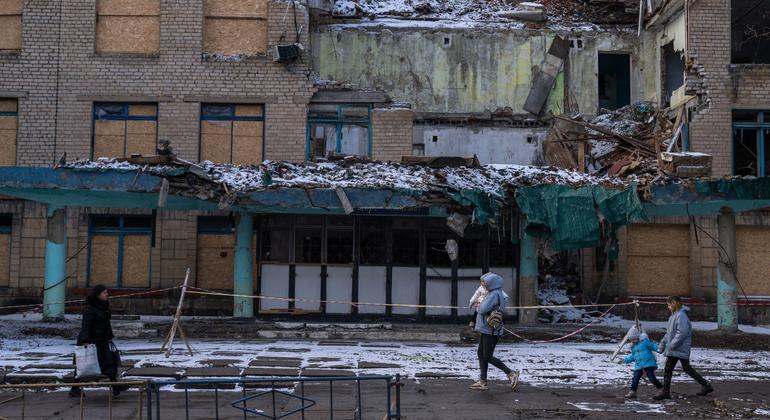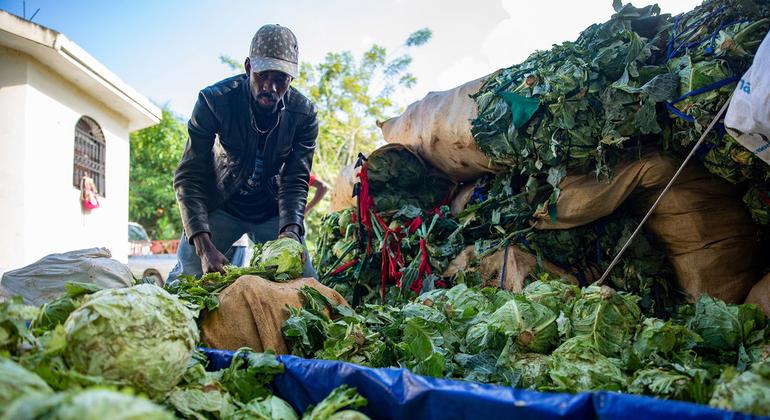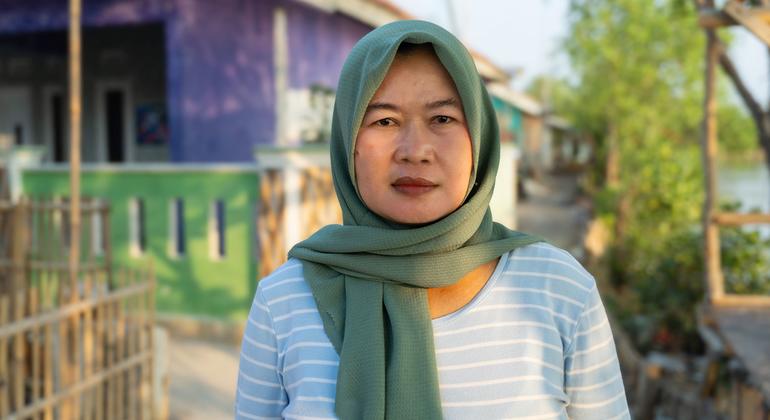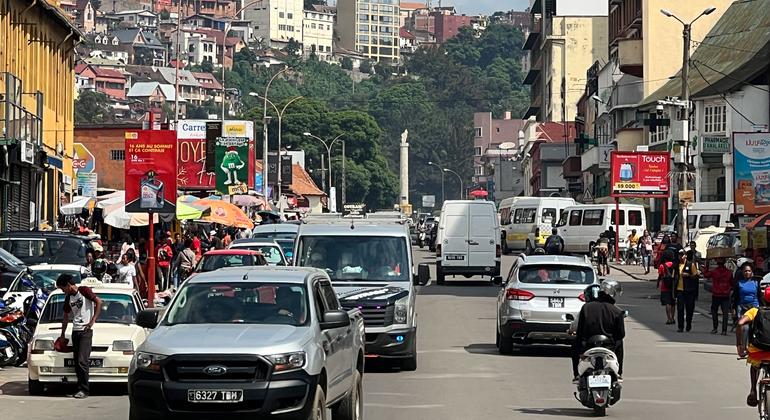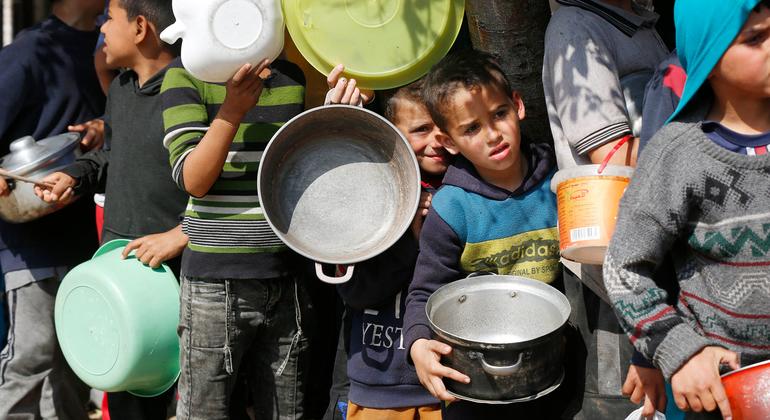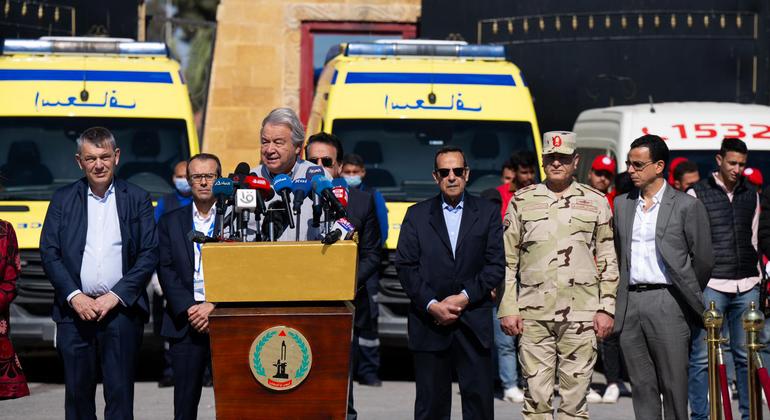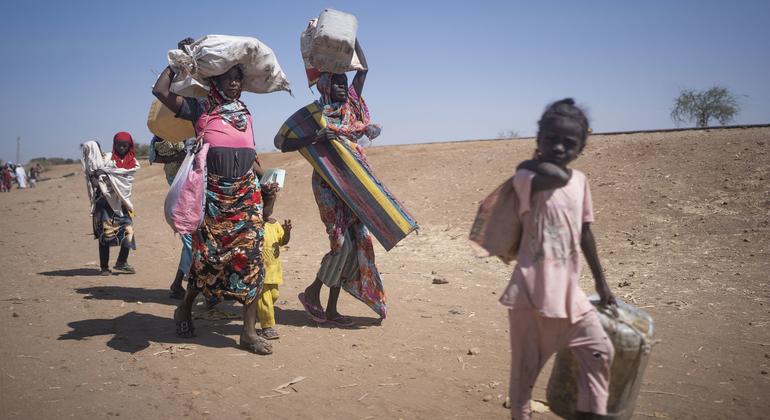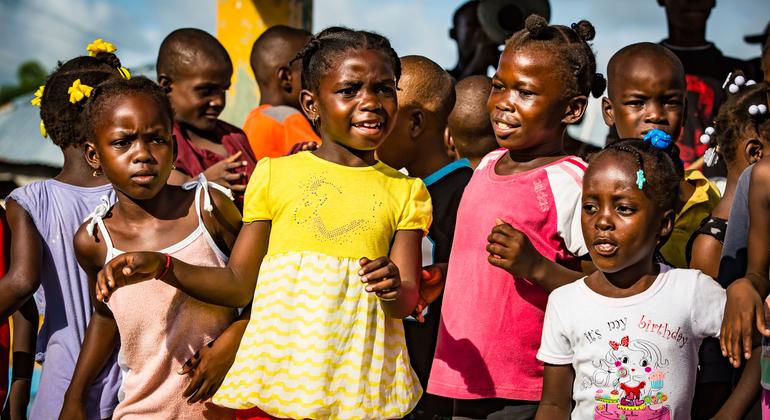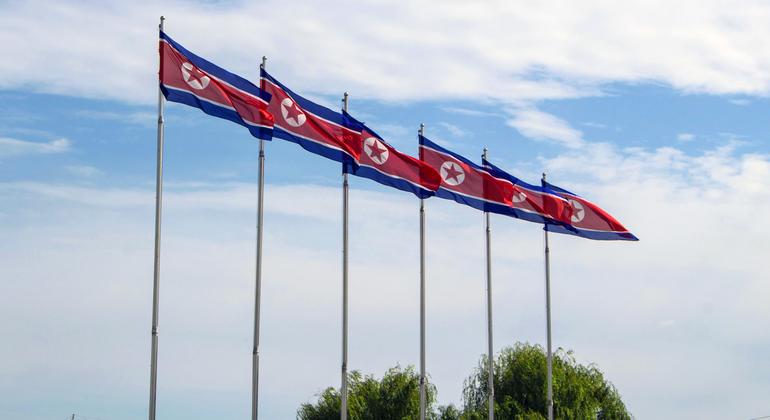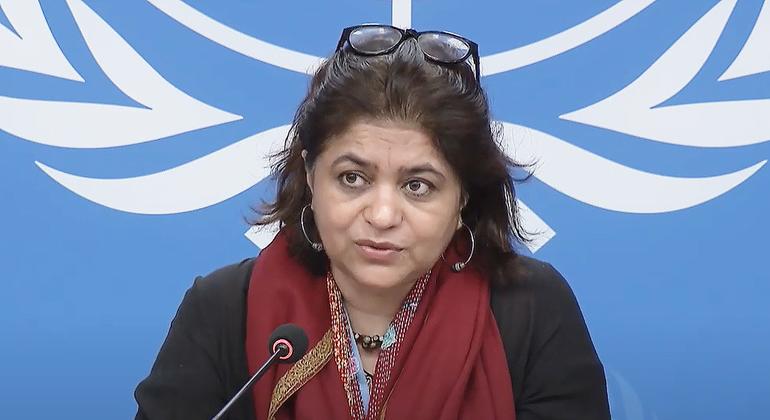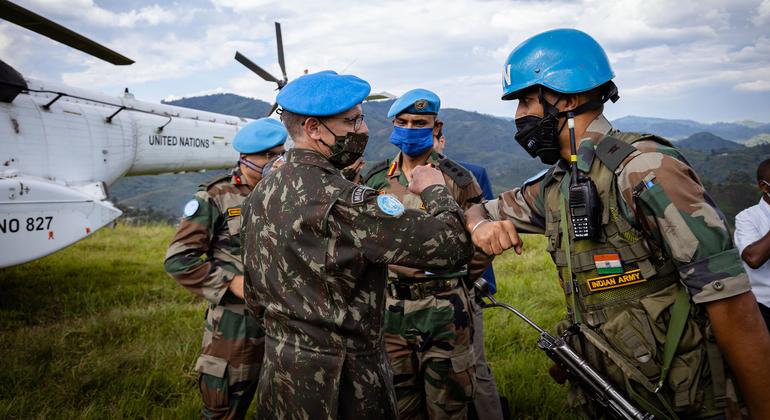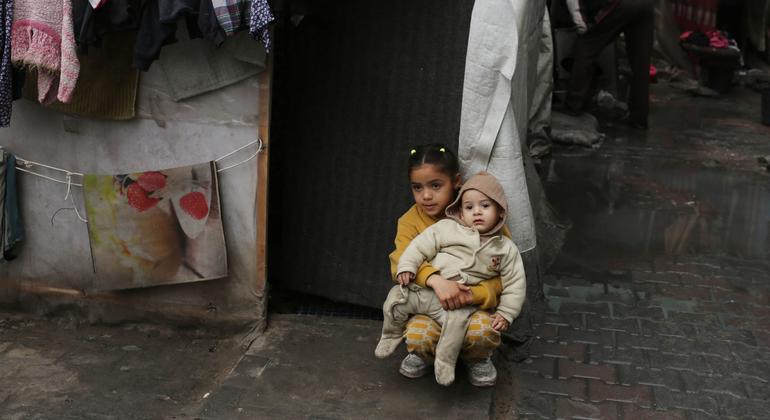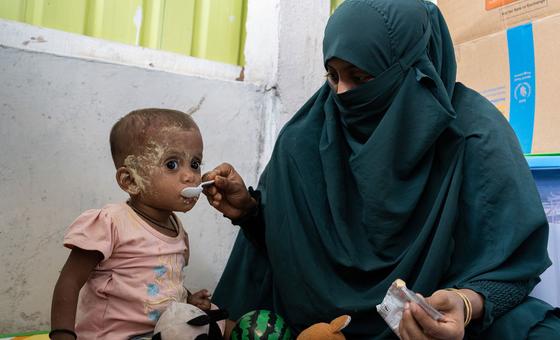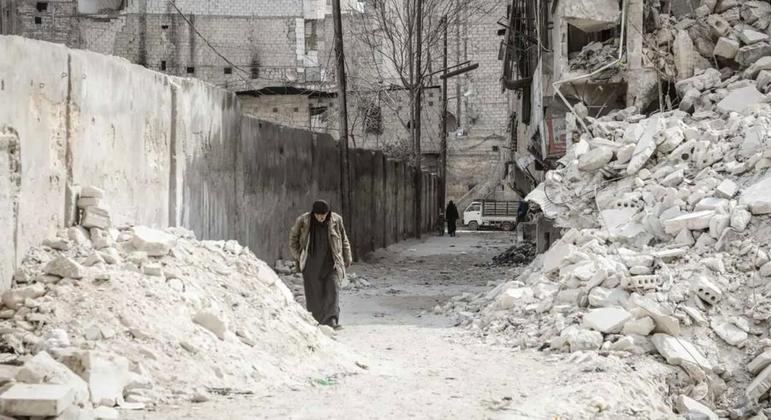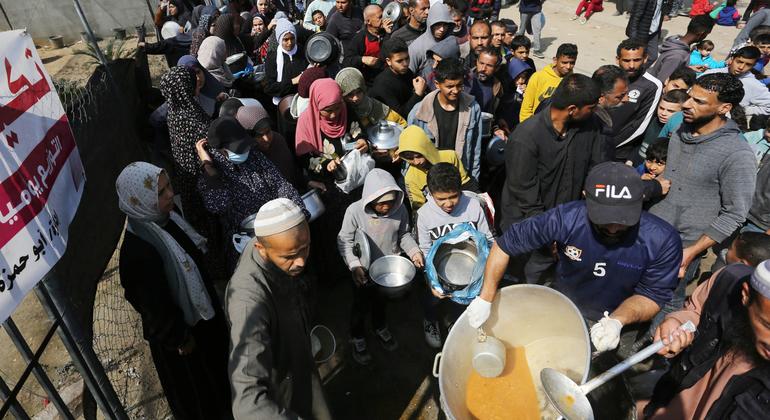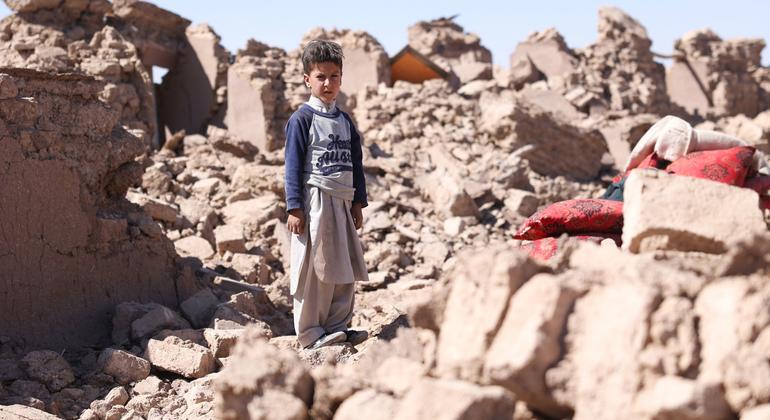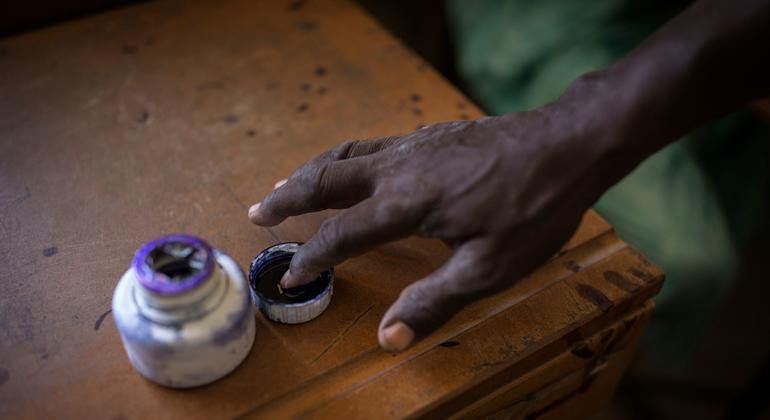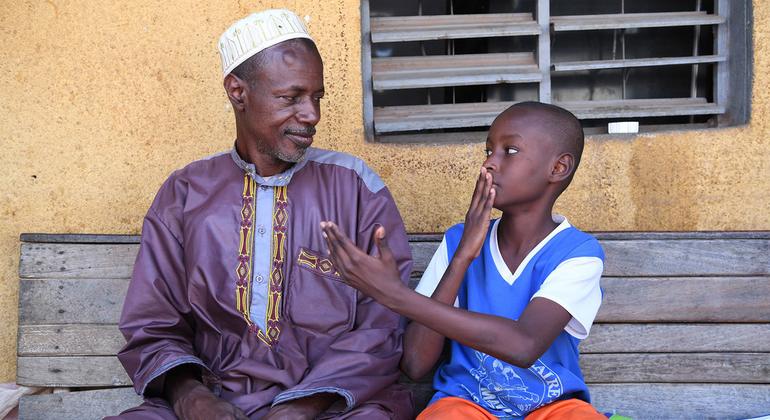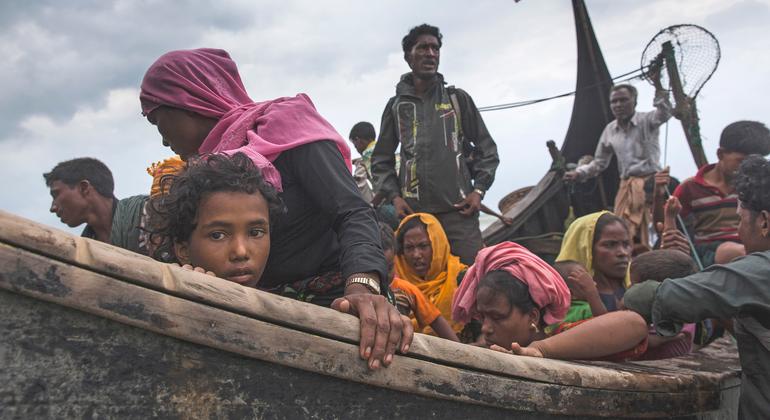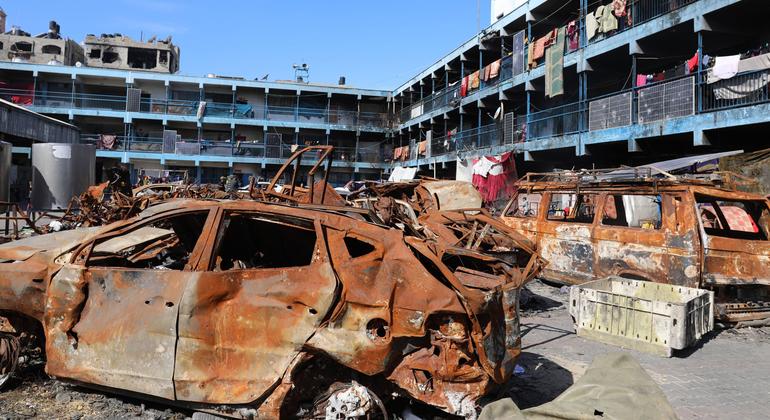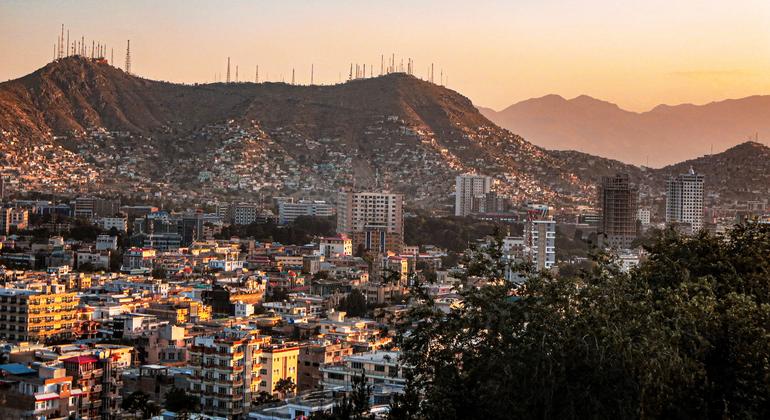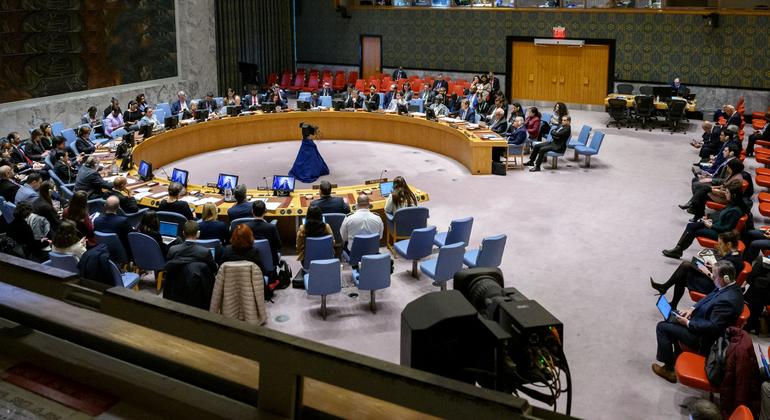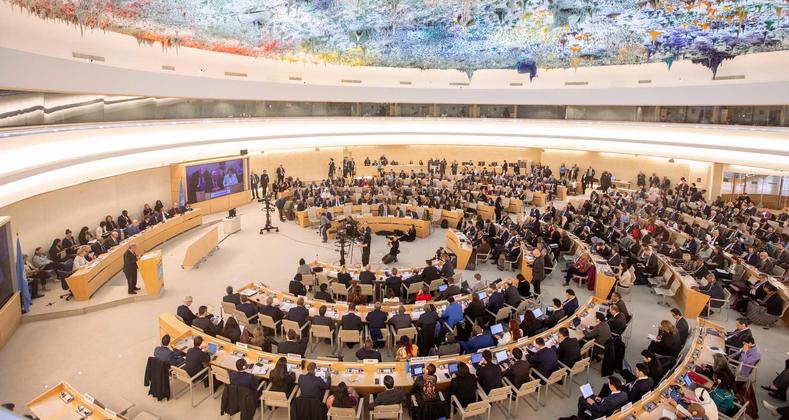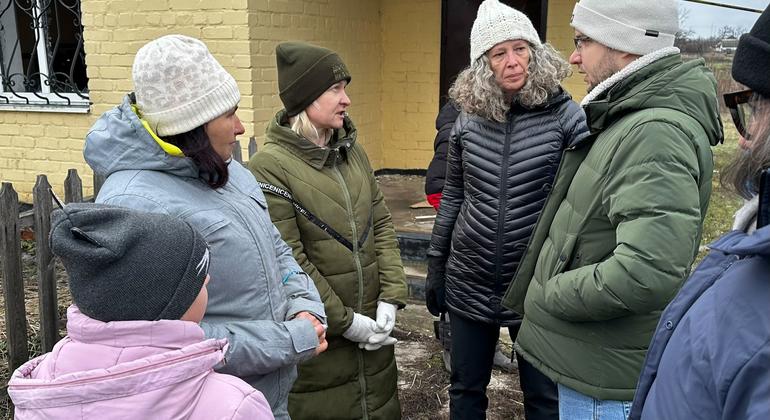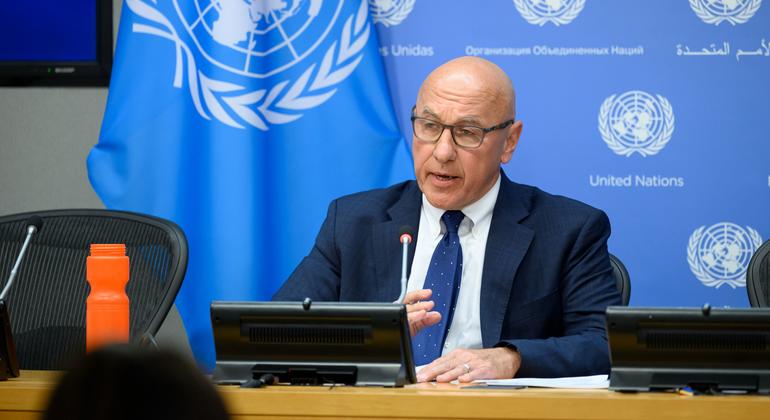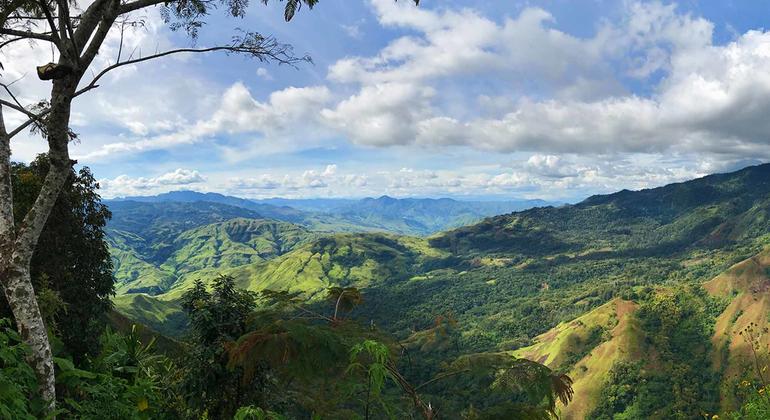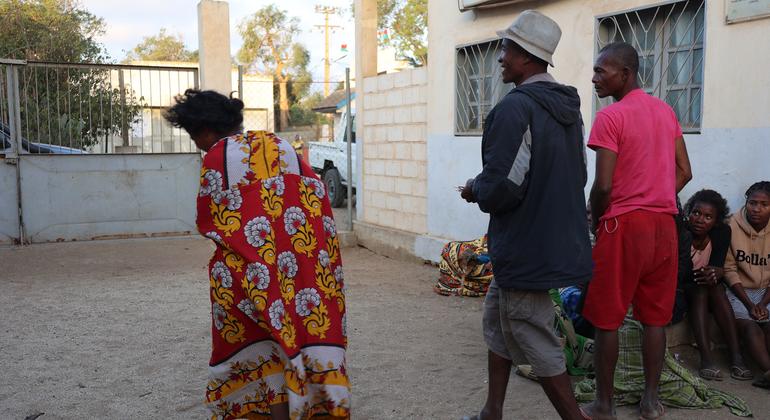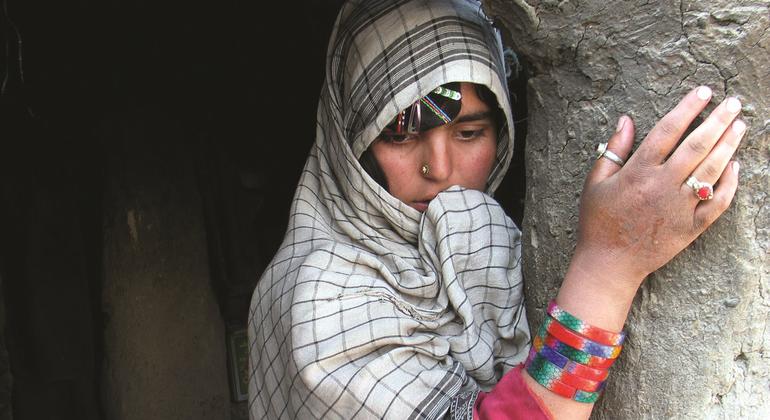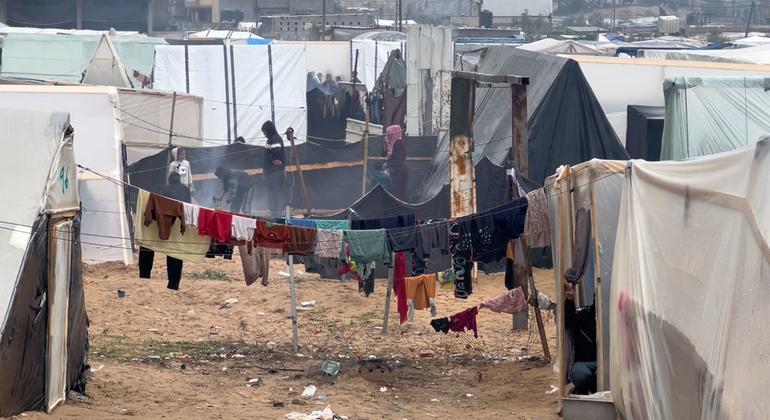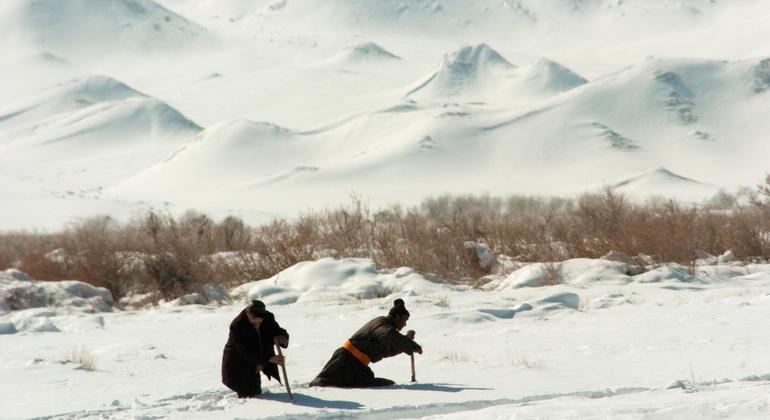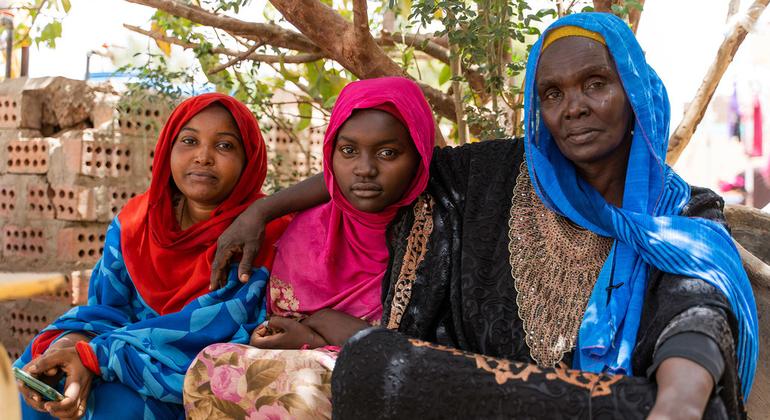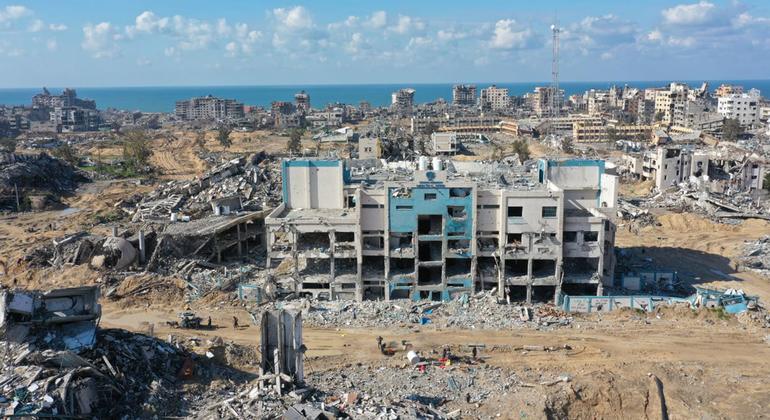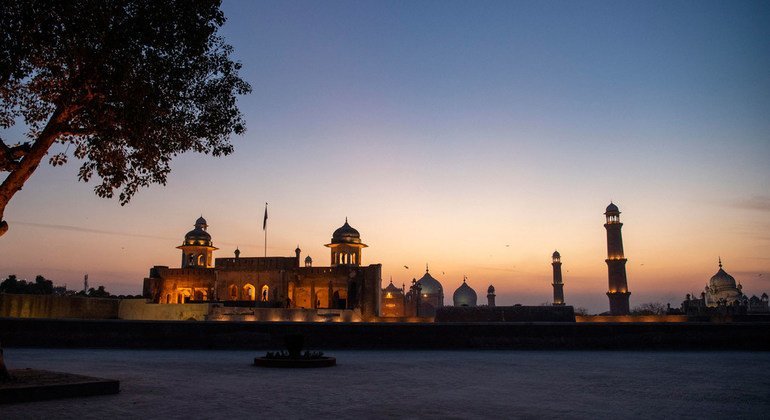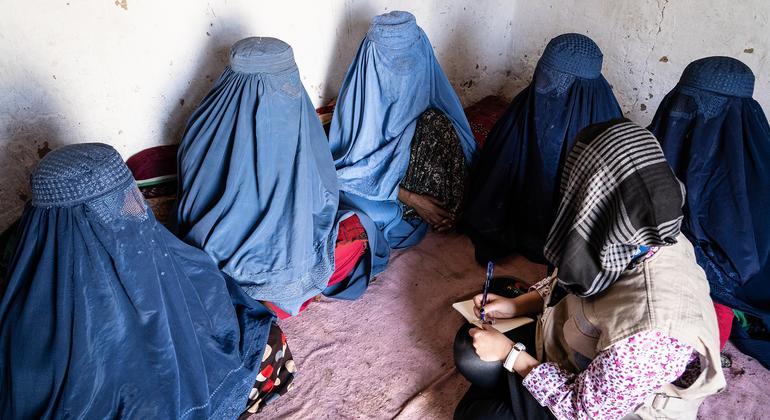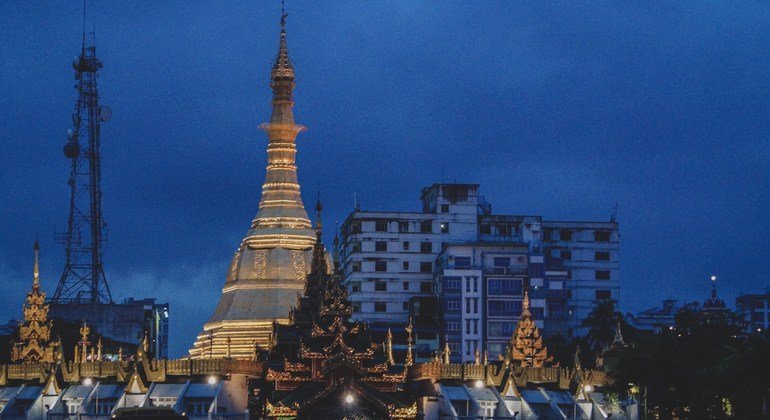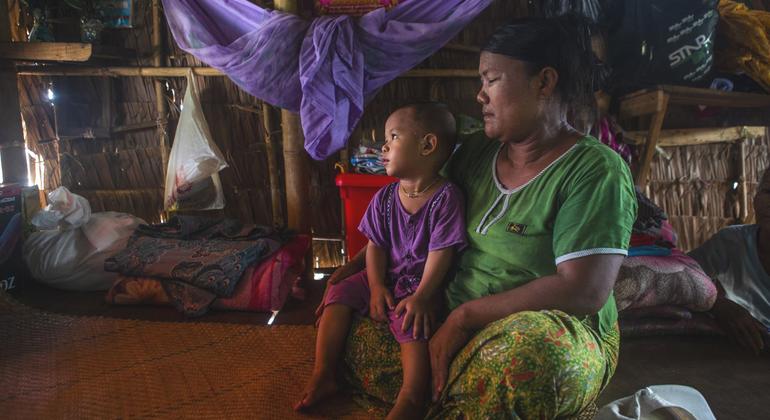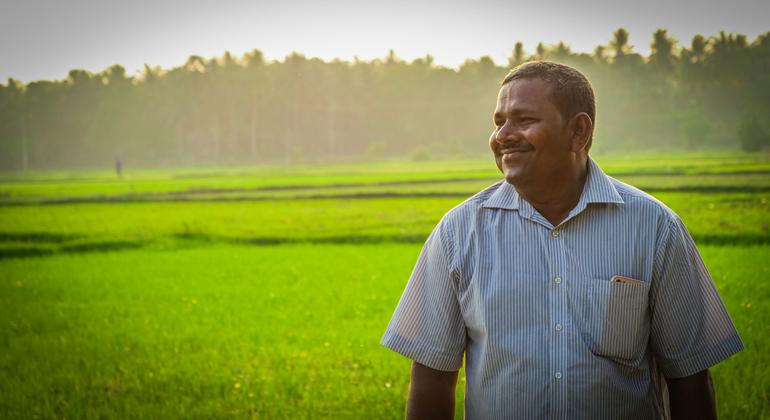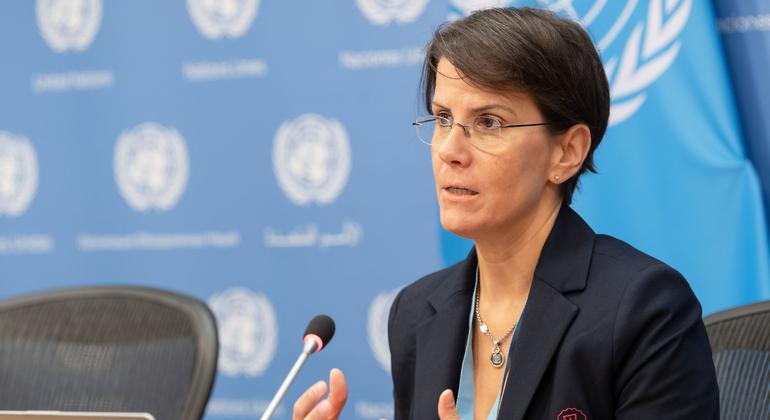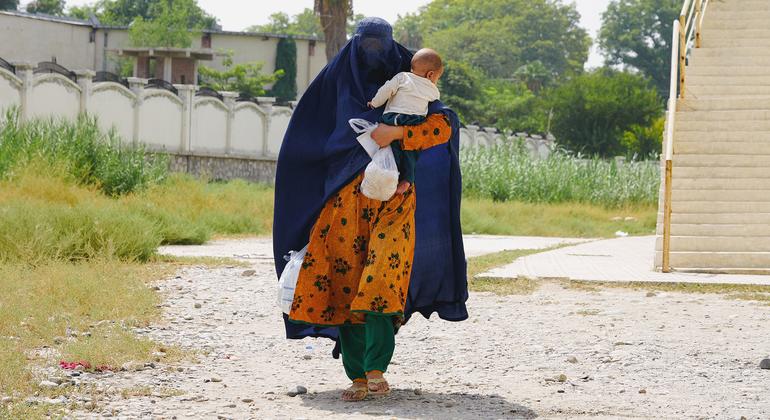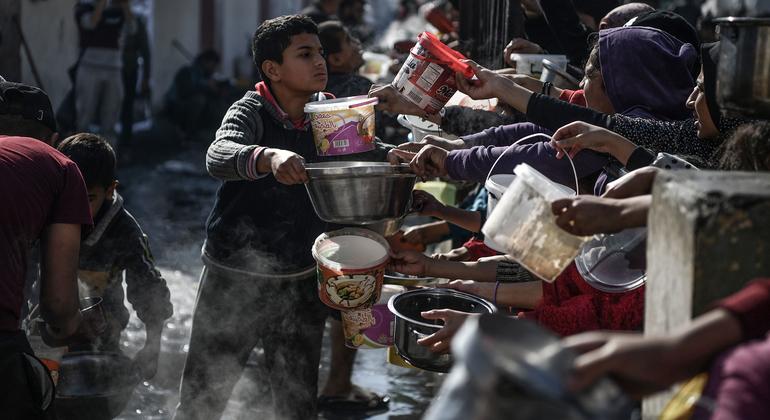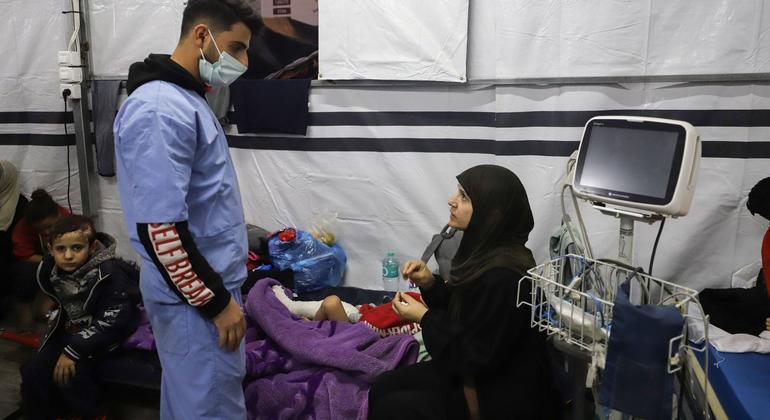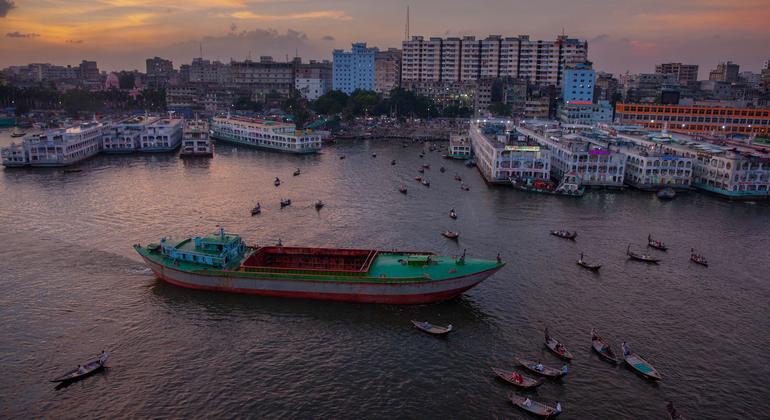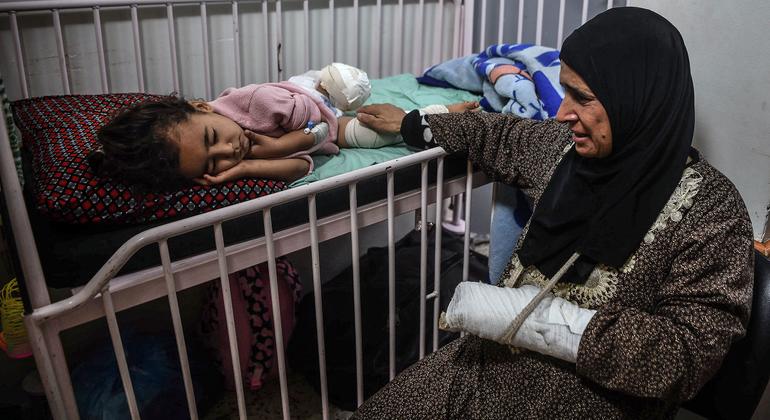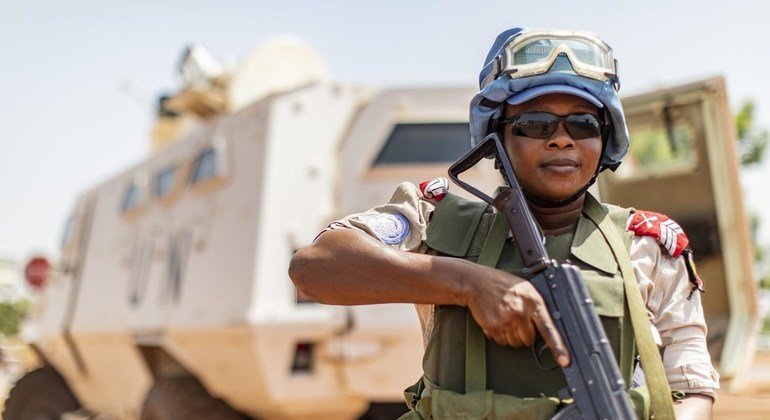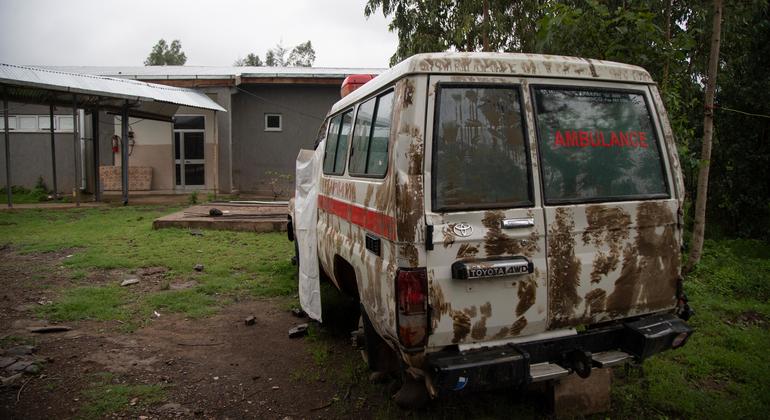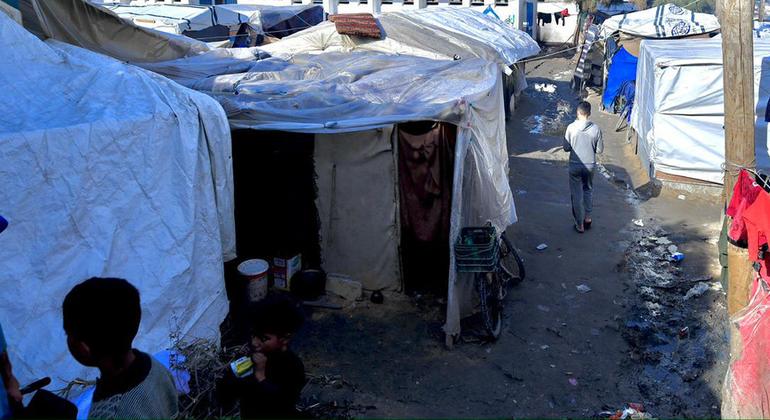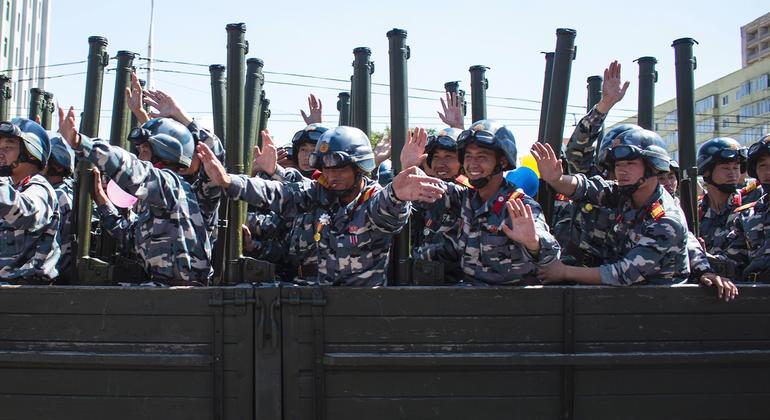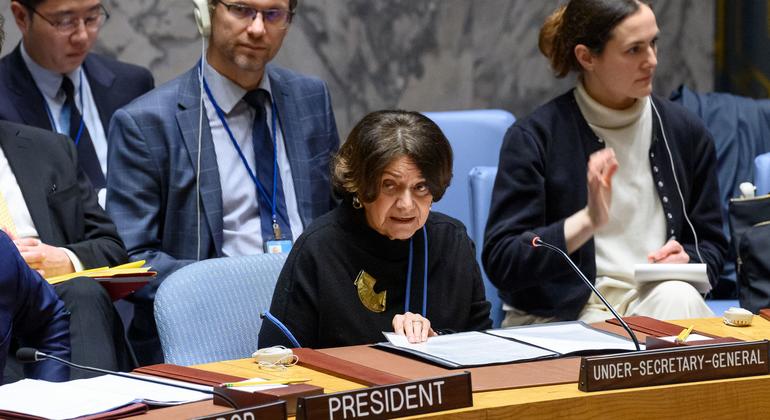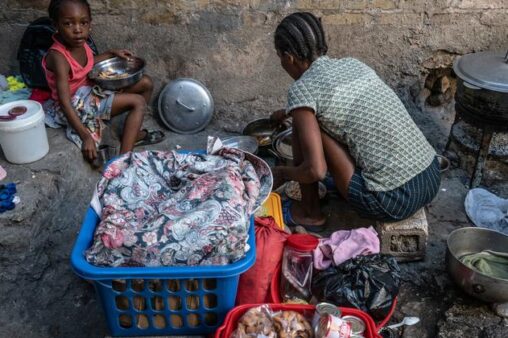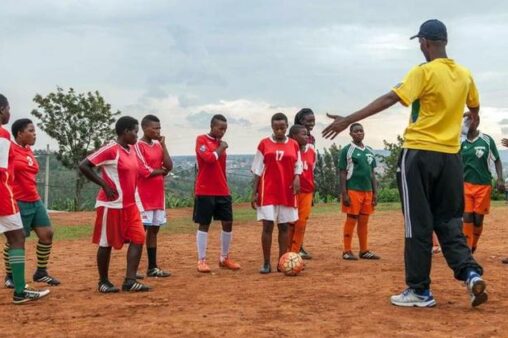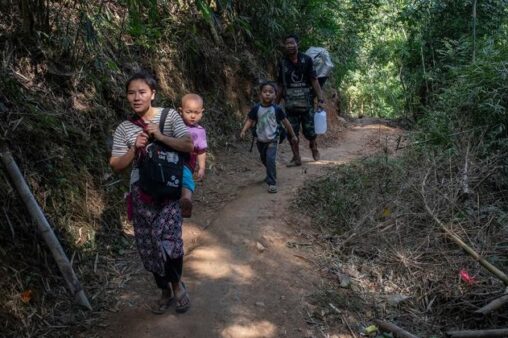Dozens feared dead in Myanmar as Cyclone Mocha creates ‘nightmare scenario’
[ad_1]

With coastal winds recorded at up to 250 kilometers per hour making landfall off the Bay of Bengal, the storm tore through villages in Myanmar’s Rakhine state, leaving villagers to piece together their ruined homes while they wait for aid and support.
According to news reports, Mocha ripped off roofs, smashed fishing boats, uprooted trees and brought down power lines and telecommunications, terrifying the population, said the UN aid coordination office, OCHA.
Millions face hardship
“(Some) 5.4 million people are expected to have been in the path of the cyclone, said Ramanathan Balakrishnan, UN Resident Coordinator and Humanitarian Coordinator for Myanmar. “Of these, we consider 3.1 million people to be most vulnerable to cyclone impacts by taking together indicators of shelter quality, food insecurity and poor coping capacity.
“It really is a nightmare scenario for this cyclone to hit areas with such deep pre-existing needs.”
Torrential rains and devastating floods have also increased the risk of landslides ahead of the monsoon season, the OCHA official warned.
Concerns are high because the affected areas are home to hundreds of thousands people displaced by the protracted conflict in Myanmar – many of them the mostly-Muslim Rohingya of Rakhine – exacerbated by a military coup in February 2021.
Disease threat
The “many thousands” who took refuge in evacuation centres, now face a massive cleanup and huge reconstruction effort ahead.
Both the UN refugee agency (UNHCR) and UN World Health Organization (WHO) said that relief items, shelter, water, sanitation and hygiene support are urgently needed to tackle the high risk of waterborne diseases.
Health supplies have already been mobilized to treat 200,000 people, along with water purification tablets, WHO’s Dr. Edwin Salvador, Regional Emergency Director at the WHO Regional Office for South-East Asia, told journalists in Geneva.
“As in any flood areas where access to safe drinking water and sanitation is a challenge, there is still a risk of waterborne diseases such as diarrhea, hepatitis and those caused by mosquitoes such as dengue and malaria.”
Funding boost urgently required
Highlighting the urgency of the situation, OCHA appealed for international support, without delay. “We need a huge infusion of funds to respond to the massive needs,” said Mr. Balakrishnan. “Our Humanitarian Response Plan is less than 10 per cent funded as it stands now, and we simply will not be able to respond to the additional needs from Mocha.”
That appeal was echoed by the UNHCR in Bangladesh, where the 2023 funding ask for the Rohingya Refugee Response remains only 16 per cent funded.
Bangladesh camps severely hit
As a result, food assistance for refugees had to be cut by 17 per cent earlier this year, said UNHCR spokesperson Olga Sarrado. Although the impact of the cyclone could have been much worse in Bangladesh, refugee camps there have been severely affected.
Cyclones are a regular and deadly menace on the coast of the northern Indian Ocean. Rising global temperatures contribute to their intensity.
“We are yet to get a full picture of the damage elsewhere in the cyclone’s path, of course, but we fear for the worst given that the majority of the shelters in this very impoverished part of the country are mostly made of bamboo, and they stood still little chance in the face of these winds,” said the UN’s Mr. Balakrishnan.
The Humanitarian Coordinator added that a community leader from one of the camps for internally displaced people in Rakhine’s shattered capital, Sittwe, reported that the storm had left a major trail of destruction and washed away shelters and latrines, leaving thousands lacking even the basics of survival.
“They said the immediate needs are shelter, clean water and sanitation” the UN official added.
[ad_2]
Source link







































